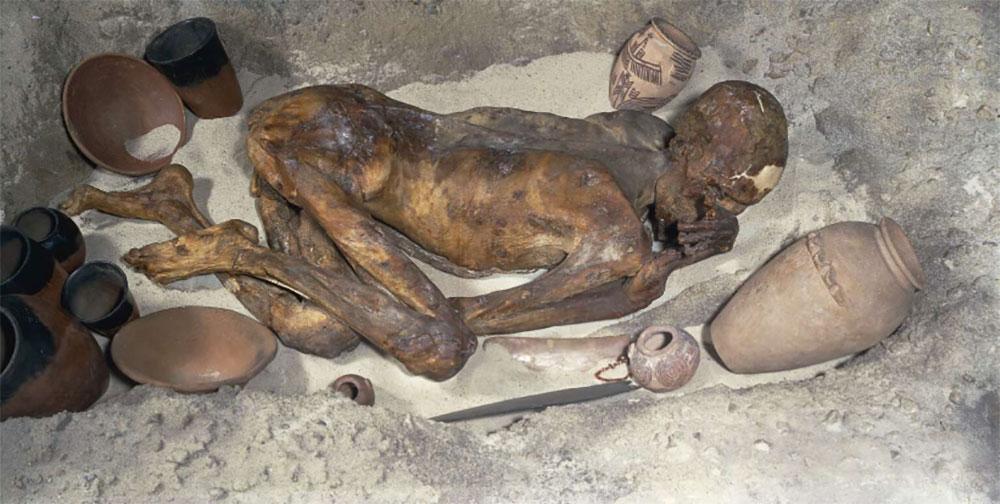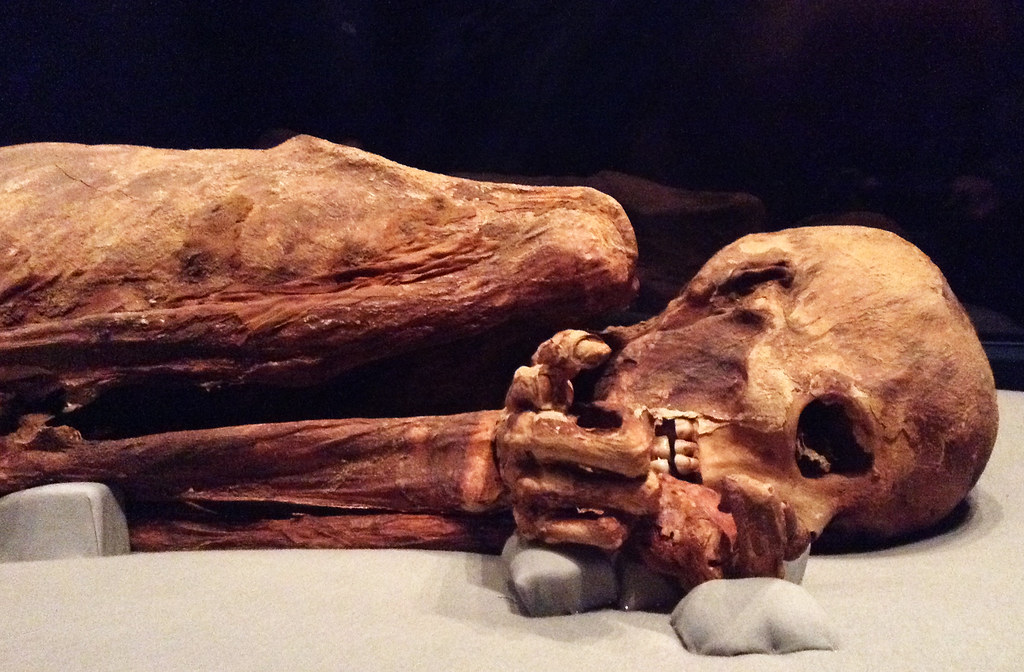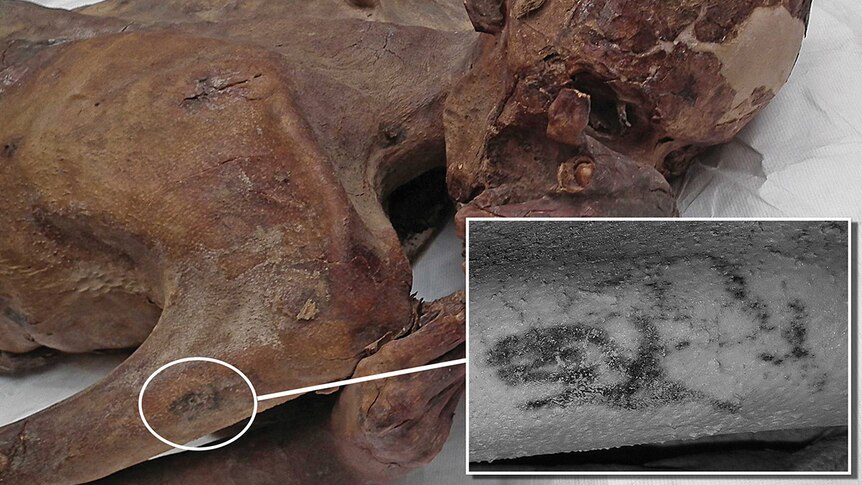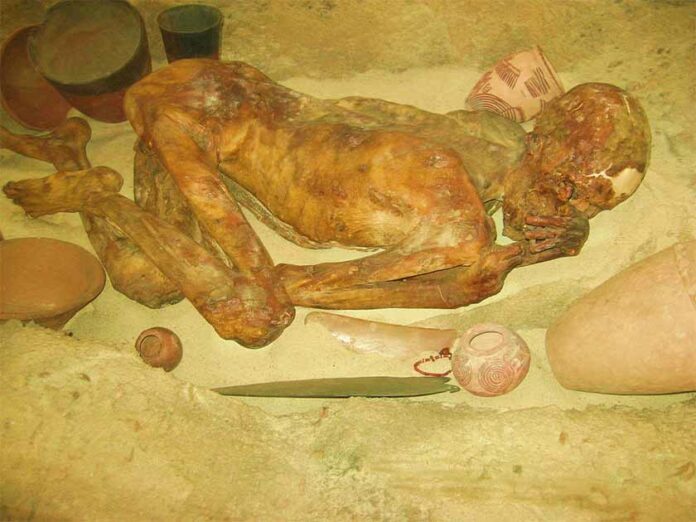In 1900, the British Museum acquired a remarkable exhibit known as the Gebelein Man, a natural mummy from ancient Egypt. Excavated in 1896 from the desert town of Gebelein, these mummies date back to around 3400 BC, making them unique for their natural preservation during the Late Predynastic period. Unlike the commonly known mummification process, which emerged later, the Gebelein mummies showcase a different method of preservation. This article delves into the story of Gebelein Man, shedding light on his mysterious life, violent death, and astonishing tattoos.
The Gebelein Mummies and the Late Predynastic Period

Ancient Egypt is renowned for its mummification practices, but the Gebelein mummies stand out as natural mummies from the Late Predynastic period. While artificial preservation became widespread between 2600-2100 BC, evidence suggests that as early as 3500 BC, Egyptians used resins and linen wrappings to preserve bodies. The Gebelein technique involved drying the corpses in the scorching sun on a sand base, resulting in their exceptional preservation.
Among the six Gebelein mummies, Gebelein Man, also known as “Ginger,” holds a special place. He was the first Predynastic mummy to be exhibited in the British Museum’s Egyptian Room since 1901. Gebelein Man’s body was wrapped in matting and buried in a contracted position, typical of burials during that period. Displayed alongside the reconstructed stone-lined sand grave, the exhibition includes grave goods from similar Predynastic burials, providing valuable insights into the era.
Unraveling Gebelein Man’s Violent End

Gebelein Man’s remarkably well-preserved corpse revealed not only his facial features and hair but also a wound on his left shoulder blade. It was only through advanced forensic technology, over a hundred years later, that the significance of this wound was understood. In 2012, high-resolution scans and virtual autopsies unveiled the truth: Gebelein Man died a violent death by murder. The scans showed a penetrating wound that had punctured his left lung, suggesting that he was stabbed in the back with a pointed weapon, likely a copper or silver dagger.
Gebelein Man’s Extraordinary Tattoos

During a conservation program in 2018, researchers made another astounding discovery. Infrared scans revealed previously unnoticed tattoos on Gebelein Man and Woman’s arms. Gebelein Man’s tattoos depicted figural designs, including horned animals—an innovation that pushed back the earliest evidence of tattooing in Africa by a thousand years. These tattoos suggest that Predynastic Egyptian men may have used them as symbols of virility and strength.
For over a century, Gebelein Man has captivated researchers and provided valuable insights into ancient Egypt’s Predynastic period. His well-preserved remains unveiled the secrets of natural mummification and shed light on the violent end he met. Furthermore, his tattoos rewrote the early history of tattooing in Africa, challenging previous beliefs. Gebelein Man stands as a testament to the enduring fascination and continuous discoveries that ancient civilizations offer to the world.
